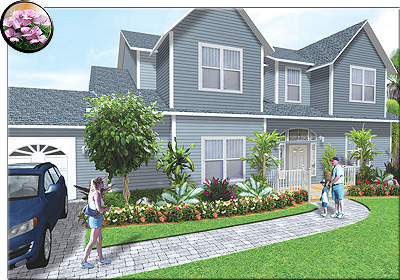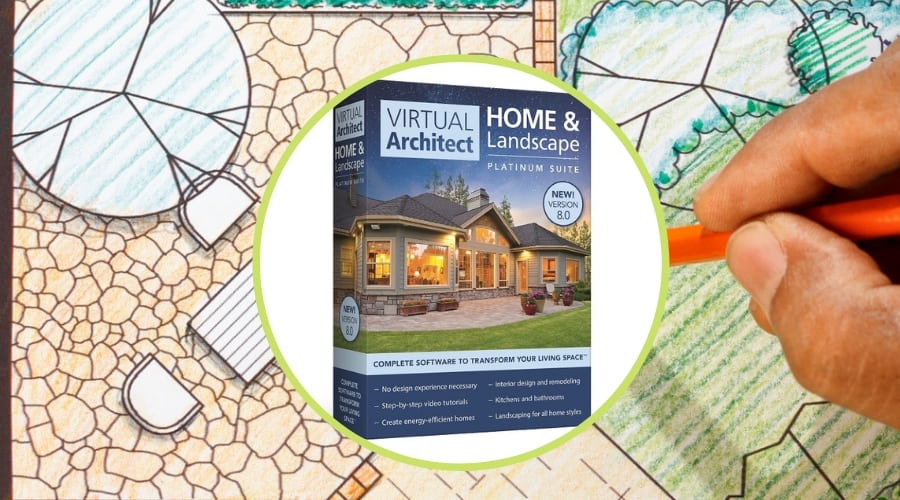

The design process is understood in terms of a discrete sequence of stages.Designers attempt to optimize a design candidate for known constraints and objectives.Simon, an American scientist, and two German engineering design theorists, Gerhard Pahl and Wolfgang Beitz. The rational model was independently developed by Herbert A. The alternative view has been called "reflection-in-action", "co-evolution", and "the action-centric perspective". The prevailing view has been called "the rational model", "technical problem solving" and "the reason-centric perspective".

Kees Dorst and Judith Dijkhuis, both designers themselves, argued that "there are many ways of describing design processes" and discussed "two basic and fundamentally different ways", both of which have several names. Substantial disagreement exists concerning how designers in many fields, whether amateur or professional, alone or in teams, produce designs. 1.2.1 Descriptions of design activities.The process of creating a design can be brief (a quick sketch) or lengthy and complicated, involving considerable research, negotiation, reflection, modeling, interactive adjustment and re-design. A designer's sequence of activities is called a design process, possibly using design methods. The word is generally qualified by the area involved (so one can speak of a fashion designer, a product designer, a web designer or an interior designer), but can also designate others such as architects and engineers. The term "designer" generally refers to someone who works professionally in one of the various design areas. People who produce designs are called designers. Typical examples of designs include architectural blueprints, engineering drawings, business processes, circuit diagrams, and sewing patterns.

The design usually has to satisfy certain goals and constraints, may take into account aesthetic, functional, economic, or socio-political considerations, and is expected to interact with a certain environment. In some cases, the direct construction of an object without an explicit prior plan (such as in craftwork, some engineering, coding, and graphic design) may also be considered to be a design activity. The verb to design expresses the process of developing a design. For other uses, see Design (disambiguation).Ī design is a plan or specification for the construction of an object or system or for the implementation of an activity or process, or the result of that plan or specification in the form of a prototype, product or process.


 0 kommentar(er)
0 kommentar(er)
